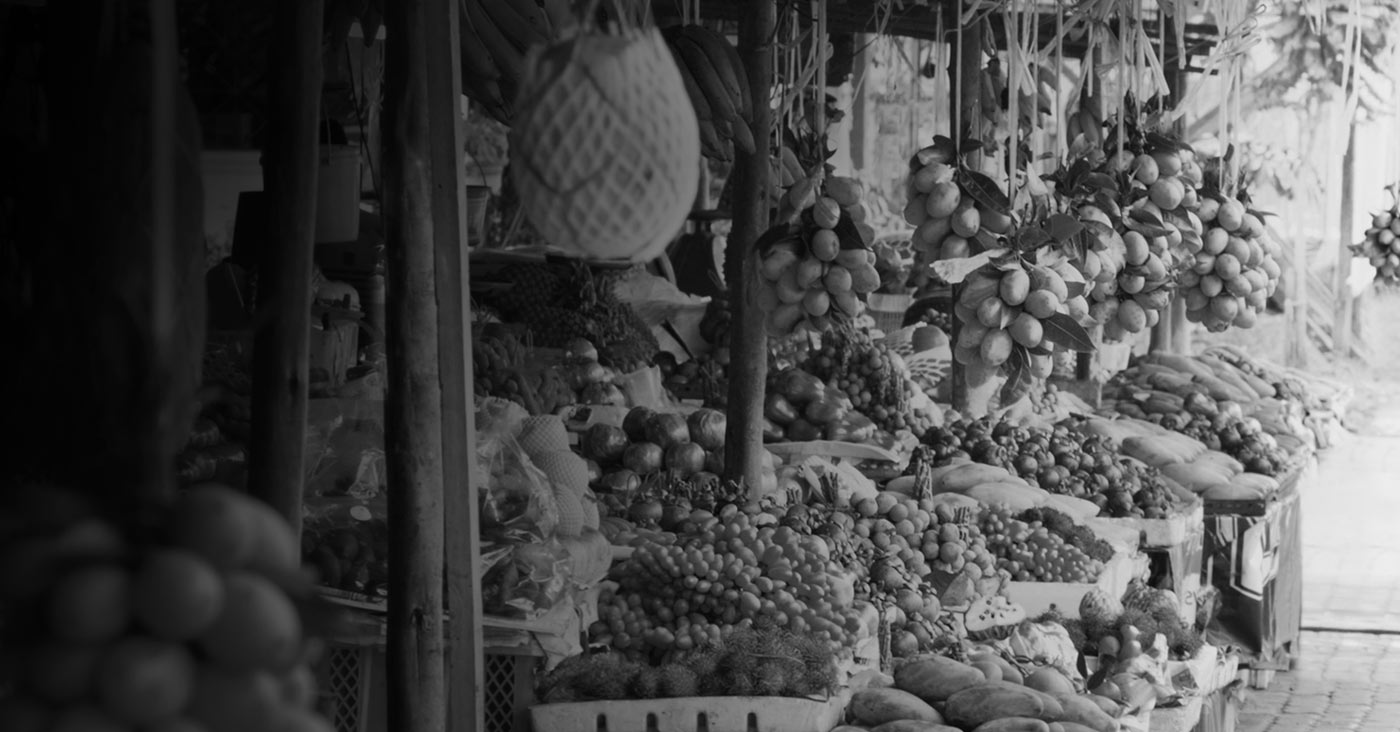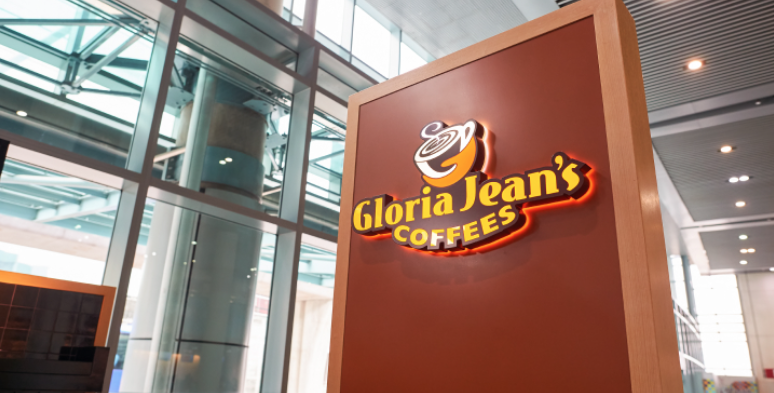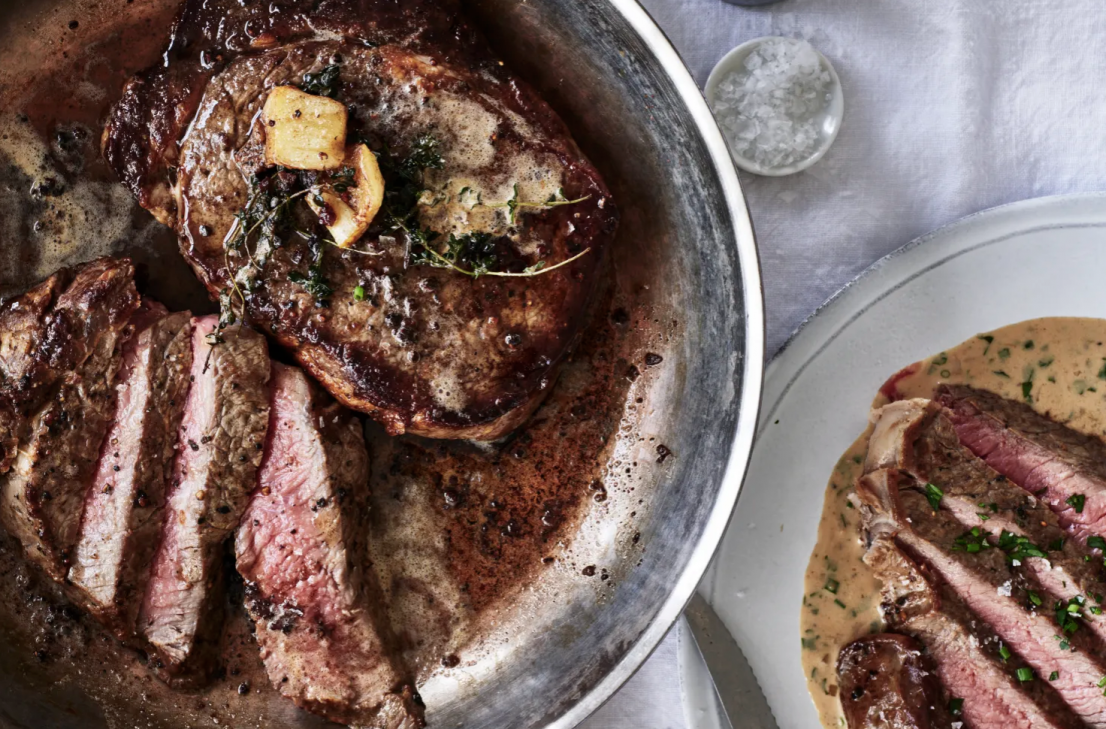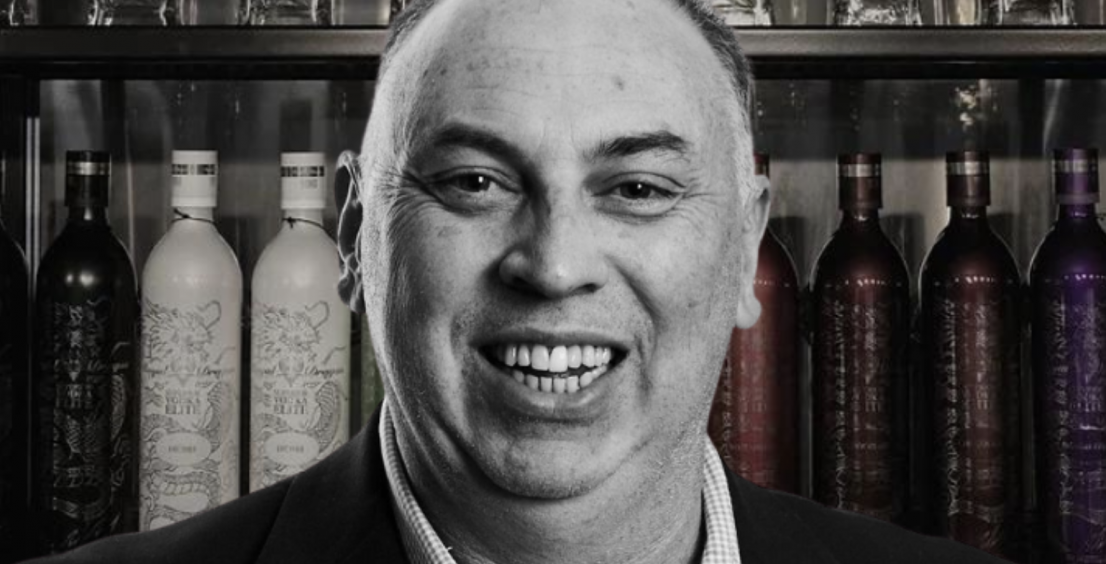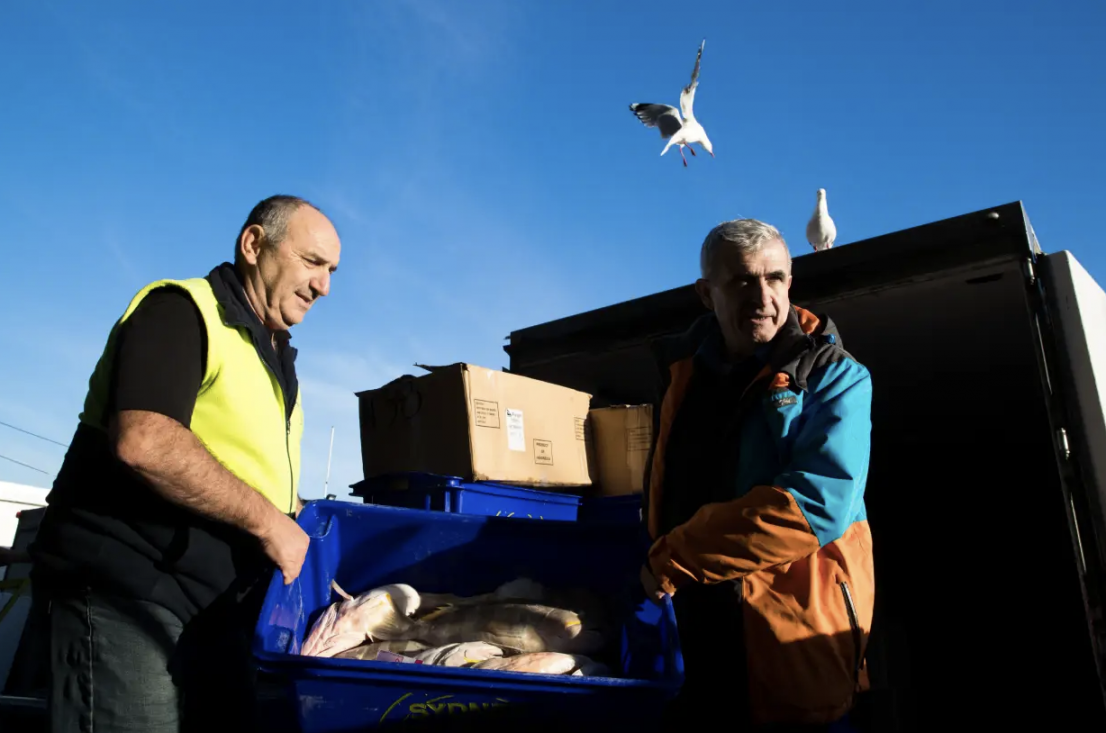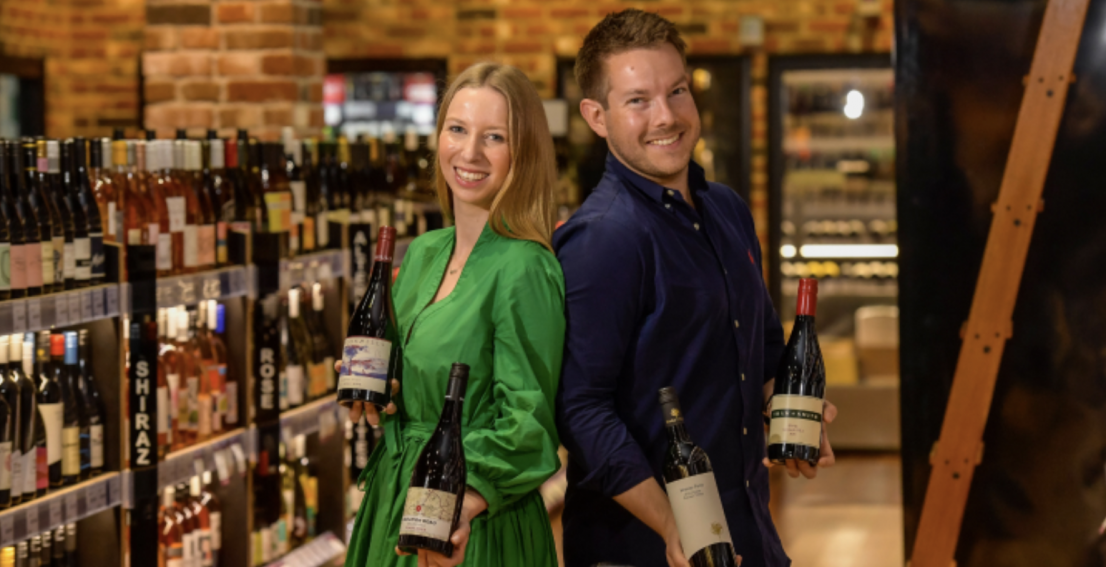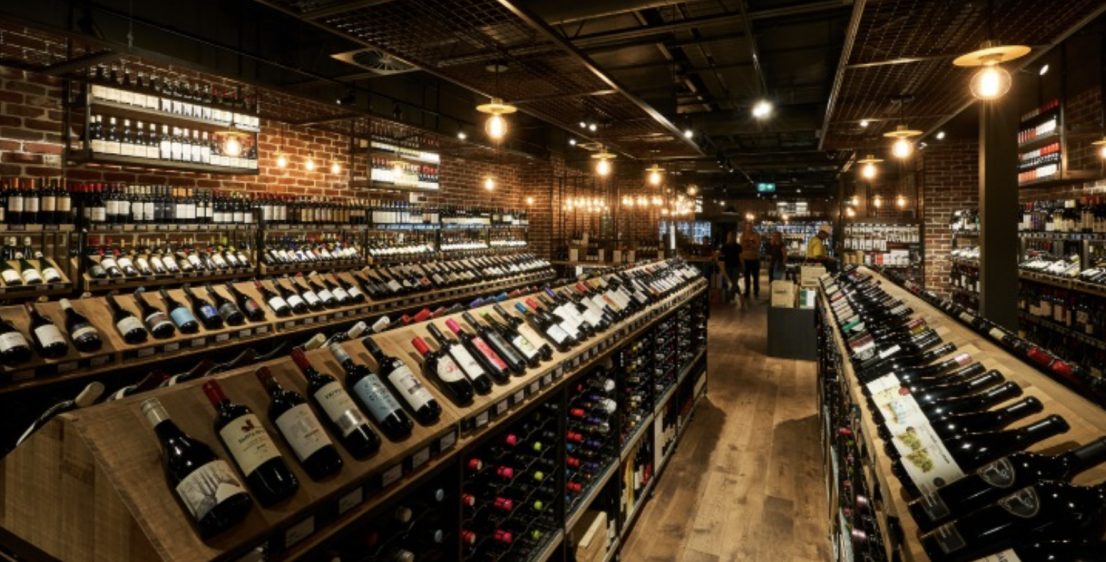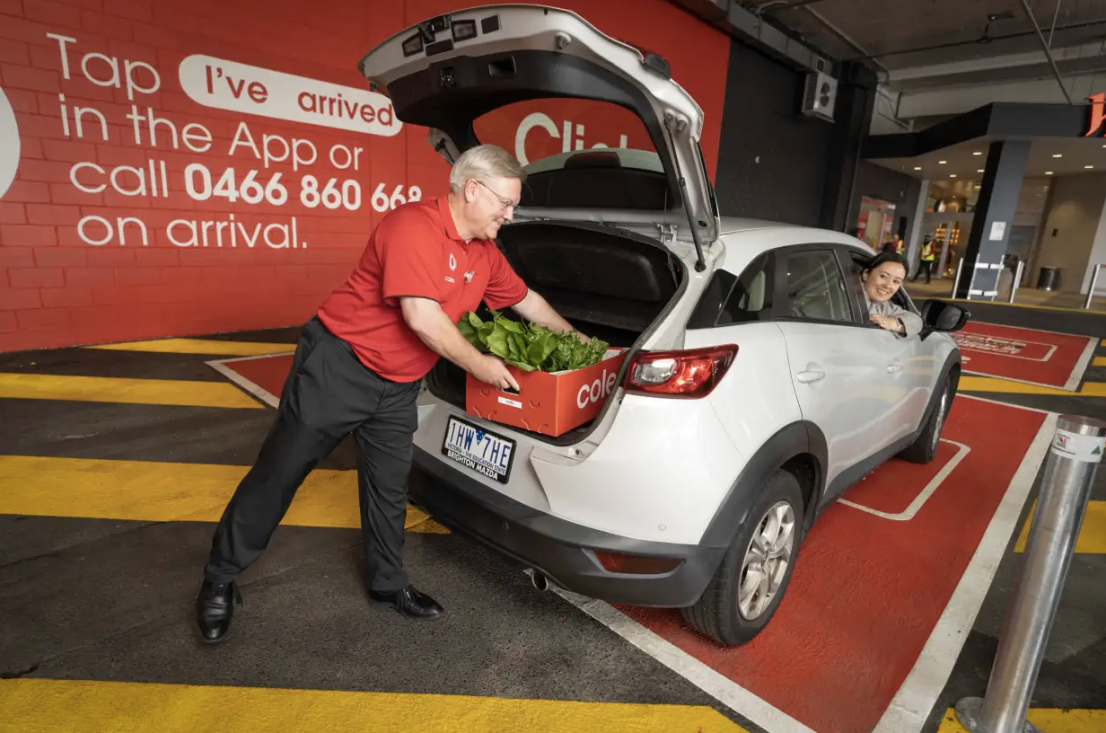
Coles Group boss Steven Cain believes the supermarket chain has hit the “sweet spot” with its widest range of items at low prices and groceries readied for click and collect pickup in under an hour as the battle for consumer convenience ramps up.
The supermarket chain has shaved 30 minutes from its click and collect boot delivery service with the launch of its Coles’ Rapid Click & Collect at its next-generation supermarket at Southland in Victoria, where its largest collection point site sits, and new technologies are being trialled such as digital scales.
Mr Cain told media that Coles Rapid Click & Collect in the future will be linked to the likes of home delivery partners DoorDash and Uber.
“Worldwide, what we’re seeing is a demand for fast (delivery). We’re seeing different pricing models emerging. Either you pay more for the product or you pay for a delivery charge. I think everyone’s still exploring what the right model is,” he said.
“A lot of people are going down that 15 minute and even 30 minute route. It doesn’t seem to be economically viable at the moment, and so we think an hour right now is the sweet spot in terms of working for us, but it’s working for customers, as well.”
Groceries within minutes are all the rage with start-ups raising tens of millions of dollars, but many have gone under given the tough economics. Uber has begun partnering with grocers in some markets to offer rapid grocery delivery, while Woolworths launched Metro60 in Melbourne and Sydney for home delivery. These services have a smaller selection of items to choose from.
But customers who opt to use Coles’ Click & Collect in under an hour can order from an extended range of more than 20,000 products, some of which – such as hot roast chicken – are not typically offered for home delivery. Customers can also select from a range of local and international beer, wine and spirits from selected stores.
Rapid Click & Collect service is available in almost 400 Coles stores around the country, and the offer will roll out to an additional 200 stores early next year. Coles launched the original Click & Collect service in February last year with a 90-minute delivery offer.
Mr Cain said customers are increasingly demanding more convenience when shopping, and were seeking out omnichannel solutions that allowed them to shop anytime, anywhere and anyhow.
“Our research shows the number one consideration for online shoppers is convenience and for click and collect customers it’s immediate collection,” he said.
Sales growth
Customers can place an order for up to 40 items, with a minimum spend of $30 and a flat fee of $5 for orders to be picked, packed and ready for collection in under 60 minutes between 8.30am and 4.30pm daily.
Over the 2022 financial year, Coles supermarket e-commerce sales grew by 41 per cent to $2.8 billion with penetration of 7.9 per cent compared with 5.8 per cent in the previous year.
Coles Online increased its network coverage with 95 per cent of Australians now having access to home delivery. The Click & Collect network expanded to more than 740 stores with Click & Collect to the boot of car available at more than 670 stores.
The launch of Rapid Click & Collect comes as Coles opens its next-generation supermarket in Melbourne’s Cheltenham, which will have digital ticketing in some aisles in fresh produce and grocery which eliminates the need for paper tickets and automates price changes.
Digital scales in the fresh produce will use artificial intelligence to automatically detect the fruit or vegetable weighed to speed up shopping, while the deli area will have a new queue monitoring technology to shave waiting times for customers.
Mr Cain noted that fresh food inflation is “moderating a little” and he still expects a strong Christmas sales with shoppers “pushing the boat out” to celebrate. He is still tipping a moderation of inflation for most industries in the first quarter of next year.
The nation’s second-largest supermarkets chain will also offer its first convertible hybrid checkout where a trolley can be used, and will rotate between self-service or staffed.
Mr Cain said Coles aimed to improve efficiencies and speed of service while reducing waste through initiatives such as BYO containers at the deli, scoop and weigh, frozen fruit, fruit and veg bar and the pet treat bar.
Goldman Sachs analyst Jeff Pehl outlined in a note that although Australia lags offshore markets such as the UK and US in online grocery penetration, there is no shortage of customer demand for omnichannel and online grocery solutions.
“Retailers are continuing to delve into different infrastructure solutions (ie brick and mortar stores, click and collect and delivery) that optimise customer convenience and accessibility,” he said.
Mr Pehl noted that Australia’s geographic and population density were an additional consideration for retailers when assessing the economics of supply chain solutions, but since supermarkets were mostly conveniently located they provide the opportunity for existing store networks to be utilised as retail micro-fulfilment centres which was an advantage given lower capital outlay.


